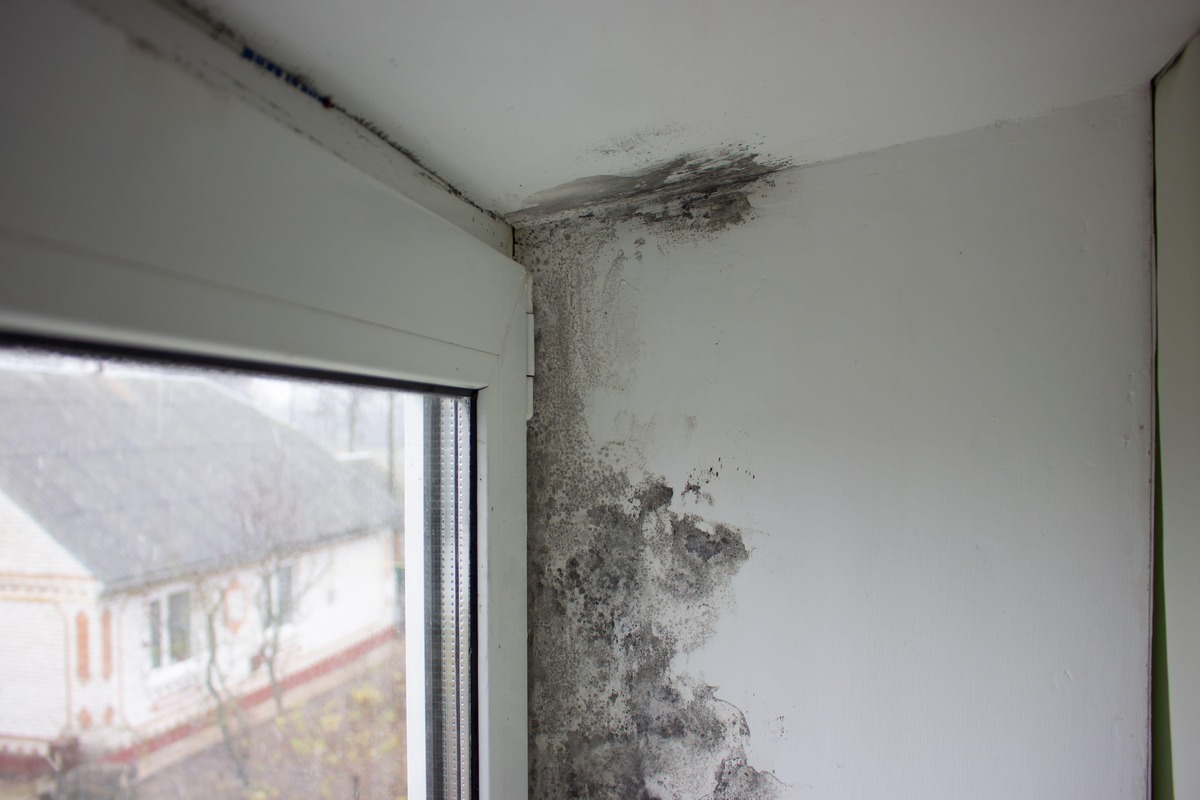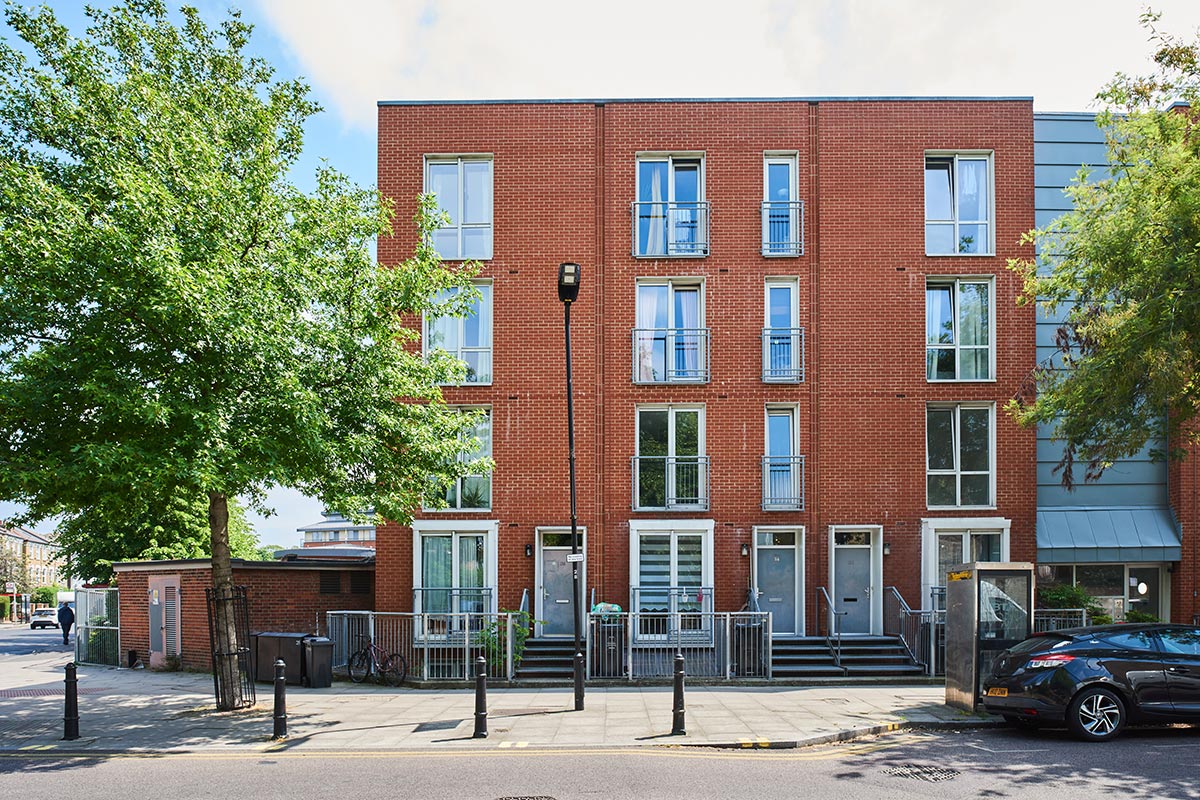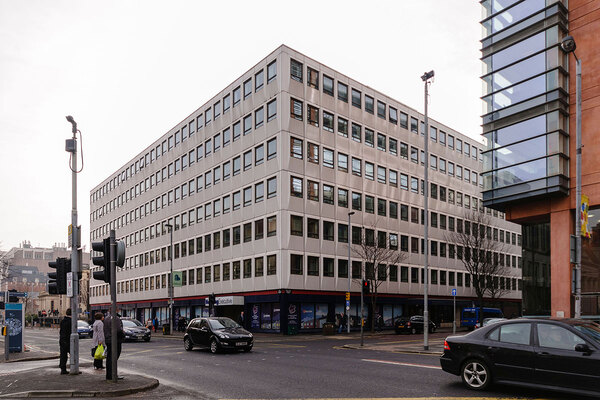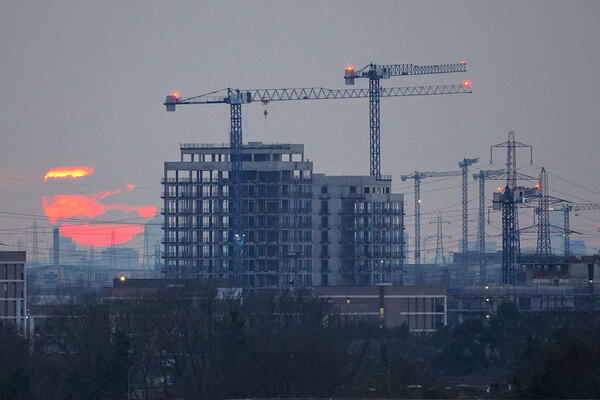
Bill Dunkerley is an associate partner at Pannone Corporate
How can providers be prepared for Awaab’s Law?
Bill Dunkerley explains the legal implications of Awaab’s Law and how providers can make sure they are prepared for it
Not only does the Social Housing (Regulation) Act make provisions about the regulation of social housing and the terms of approved schemes for investigation of housing complaints, but it also formally introduces on to the statute books ‘Awaab’s Law’.
This specific amendment of the act follows the death of Awaab Ishak in December 2020 and the subsequent inquest, at which we represented Rochdale Boroughwide Housing (RBH).
The circumstances of Awaab’s death served to shine a spotlight on the dangers of prolonged exposure to environmental mould, but its presence is not unique to the property involved in this case, nor even the North West as a whole, and is likely ubiquitous within UK property.
“The government earlier this year announced additional funding of £30m for Greater Manchester and the West Midlands… in reality this amount is unlikely to make much difference”
For example, the Regulator of Social Housing undertook a nationwide survey in the aftermath of the inquest, which found that damp and mould was present in potentially upwards of 6% (around 240,000) of the nation’s four million social housing homes.
The act obliges social housing landlords to investigate and repair, within a specified timescale, ‘prescribed hazards’ which are reported from their housing stock, and may even impose a duty to rehouse tenants when a home cannot be made safe.
These additional obligations will form part of tenancy agreements, and are intended to provide tenants with an enhanced course of redress against landlords that are considered to be failing in their maintenance duties.
To coincide with the act, and as part of its “drive to make every home a decent home”, the government earlier this year announced additional funding of £30m for Greater Manchester and the West Midlands to start making improvements in the quality of social housing.
Despite the allocation of additional funding, in reality this amount is unlikely to make much difference, once apportioned between multiple social housing providers and their individual properties.
“RBH’s funding to build new homes was suspended until it was able to prove that it was a responsible landlord. Going forward, it is perhaps difficult to understand how such measures benefit tenants”
Regardless of the headline-grabbing funding that is to be made available, without more long-term investment and increased funding streams, social housing providers are likely to continue to be placed in an impossible position: income allocated to address a known issue will be unavailable for other projects, such as the funding of new builds.
Likewise, it is not clear how the additional duties imposed by the act are to be funded in the future.
It was well publicised following the inquest into the death of Awaab that RBH’s funding to build new homes was suspended until it was able to prove that it was a responsible landlord. Going forward, it is perhaps difficult to understand how such measures benefit tenants, who rely on the continued ability of social housing providers to meet their needs and to rehouse them is hazards cannot be rectified.
Overall, the act is to be welcomed and serves to clarify what steps are to be taken by landlords on being notified of potentially hazardous circumstances within their housing stock over and above their existing obligations as landlord.
Pending the act’s full implementation and further guidance as to relevant timescales and definitions, there are a number of steps social housing providers can take now to ensure that they are well-positioned going forwards. For example, they may wish to undertake proactive assessments of their entire housing stock, the types of property included and their repair performance to identify potential areas of concern.
Damp and mould is, to an extent, a seasonal issue, and it would be prudent for providers to undertake a rolling programme of surveys in order to obtain a year-round understanding of the condition of their properties.
“Once remedial actions have been taken, it would also be prudent for providers to have in place follow-up procedures to assess whether repairs have been effective”
This analysis and assessment will enable a risk-based approach to be adopted, based on clear data, which will provide a solid basis for improvement plans and appropriate response procedures. Given the recent spotlight on damp and mould, providers may wish to also clarify the scope, extent and content of their own inspection, maintenance and remedial procedures to ensure that they remain fit for purpose.
Humidity is accepted as a contributory factor to mould growth and technology exists to enable providers to remotely monitor levels within their stock. To be effective, staff will need to be trained and educated to identify levels of concern in individual properties.
Once remedial actions have been taken, it would also be prudent for providers to have in place follow-up procedures to assess whether repairs have been effective. Where unsuccessful, such monitoring will allow for lessons to be learned and appropriate revisions to procedure to be incorporated going forwards.
Bill Dunkerley, associate partner, Pannone Corporate
Sign up for our asset management newsletter
Already have an account? Click here to manage your newsletters
Sign up to the Regulation and Governance Conference
A brand new housing sector conference shining a light on changing regulation and best practice governance – from financial and ethical governance, to ensuring a fair and good service for tenants.
Bringing together 250 UK housing governance professionals in one setting for the first time, this event is an unmissable opportunity to kick-start critical discussions around regulatory policy, tenant satisfaction, accountability, transparency and financial risk management.













